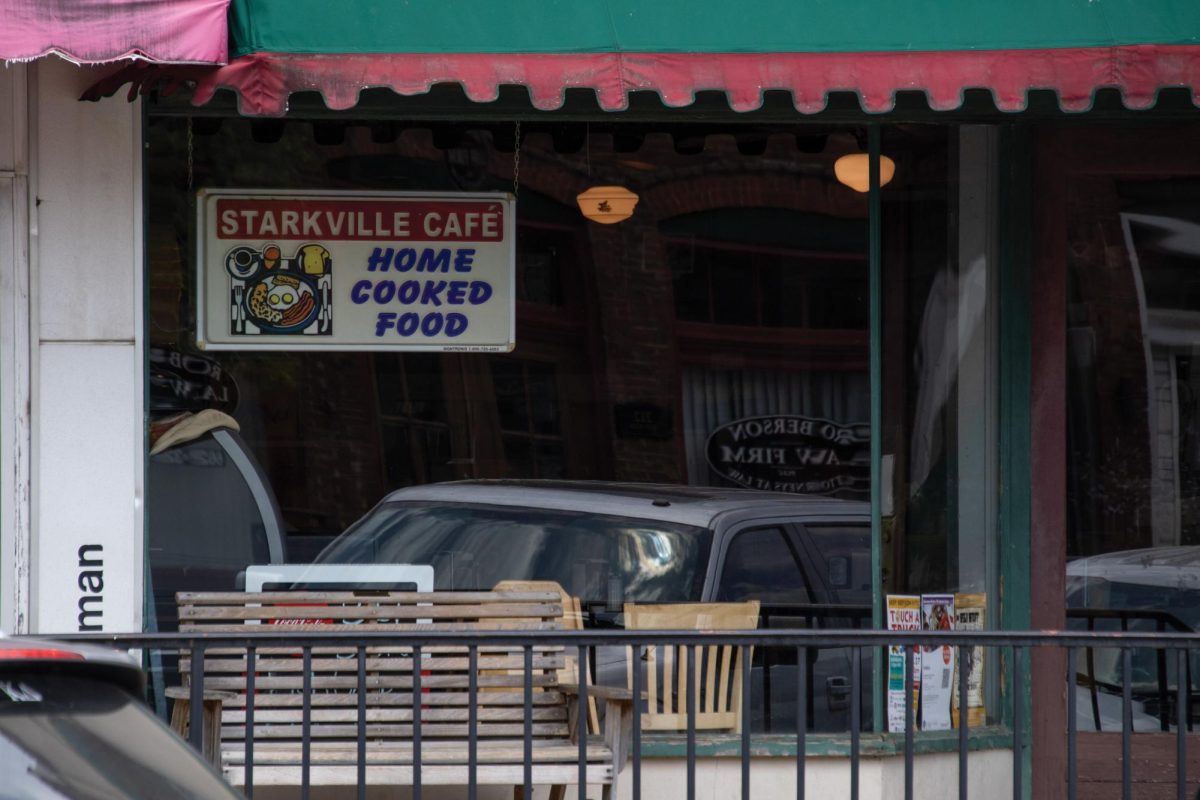We have all been there. You drive to class and are in danger of being late because you must wait on pedestrian after countless pedestrian to slowly zombie shuffle his or her way across the road.
As a driver you may think, “I am in a car. This is a road made for cars. It should be my right to use it. Why do I have to wait on these pedestrians to cross?” However, Mississippi State University’s rules and statutes make drivers liable for collisions with pedestrians. Essentially, pedestrians hold the property rights to use of the road. Let us examine why.
We must first look at observations made by Ronald Coase in his 1960 paper, “The Problem of Social Cost.” The paper makes several key observations. The most famous being The Coase Theorem. The theorem states that economic efficiency in the presence of a negative externality is best achieved by full allocation of property rights. It does not matter who is initially endowed with property rights, but only that the rights are completely owned by one party. If transaction costs are sufficiently low (expenses of the process of buying and selling), then private bargaining will render the most efficient outcome despite who is initially given the property rights. In other words, law does not need to intervene. People can solve disputes privately and do so more efficiently than government.
Coase did not see the theorem as being the most important take away from his paper. The theorem is normative for the reason that in most real-world scenarios, transaction costs are not low enough for private bargaining to be effective — transaction costs being the costs of negotiating, identifying all relevant parties, aggregating information, setting up meetings, etc. Privately, the process becomes quite costly. Consider an individual attempting to bargain with a corporation. The individual would suffer far too great of a cost. Coase knew the limitations of the theorem. Instead, he wanted others to understand that rights over intangible things such as air, volume of a space and sound could be treated the same as property rights of the tangible — cars, houses, etc.
Now, let us examine why drivers are responsible for not hitting pedestrians on campus, rather than pedestrians being responsible for not getting hit by cars. For many externalities, a low-cost avoider exists. A low-cost avoider is the party which may avoid the cost of an externality in the cheapest manner. They are the ones who should be responsible for paying for the externality. In the case of pedestrians on campus, the drivers of vehicles are the low-cost avoiders of collisions. In the event of a collision with a pedestrian, the pedestrian would suffer far greater costs than that of the driver. Thus, the driver should be responsible for collisions, and pedestrians receive precedence in use of the road. The result is that the drivers now have more incentive to avoid collisions with pedestrians. The pedestrians already possess incentive to not be hit as they will still suffer cost. By forcing drivers to halt and let pedestrians cross safely and making the drivers responsible for collisions, the number of collisions are greatly reduced now that both parties possess incentive to avoid collisions.
Next time you wait for pedestrians who walk in zig-zags with their heads down texting, relax, breathe and say to yourself, “This is what Coase would have wanted.”
Pedestrians get right of way: ‘It’s what Coase would have wanted.’
Donate to The Reflector
Your donation will support the student journalists of Mississippi State University. Your contribution will allow us to purchase equipment and cover our annual website hosting costs.




















































































